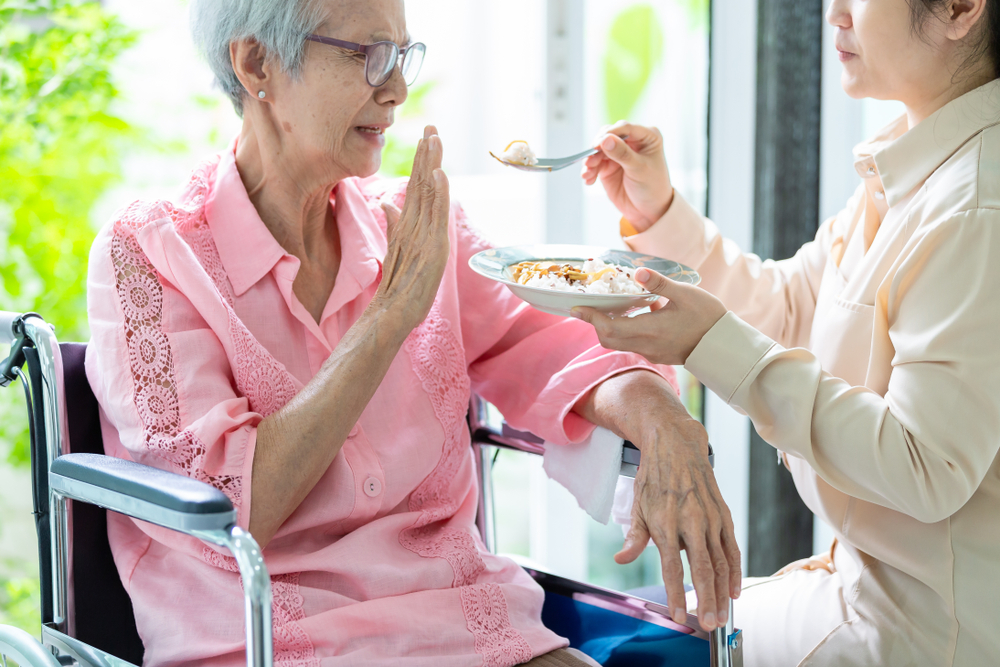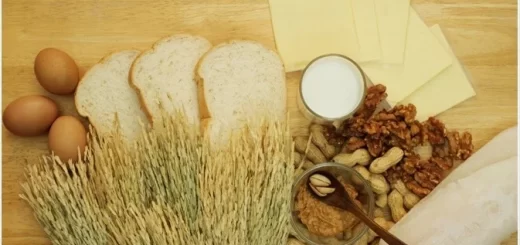Anorexia of Aging, a risky sign in elderly people
Anorexia of Aging a risky sign in elderly people.

Anorexia of Aging can reflect the health of the elderly. If the elderly eat less food. The body will not receive enough energy and nutrients, losing weight, increasing the risk of infection, slow recovery, and sarcopenia. Which may cause the elderly to have difficulty moving. Risk of falling Leads to a decreased quality of life.
Causes of anorexia
- Oral and swallowing problems
Oral problems such as tooth decay, missing teeth, gum disease (Periodontal disease), dry mouth (Xerostomia) and swallowing problems (Dysphagia), choking on food. It is often a common annoyance among people of this age group. Creates boredom and does not want to eat food.
- Problems perceiving smell and taste
The smell and taste of food can enhance the enjoyment of eating. But when entering the elderly The olfactory perception system (Olfactory receptor cells) in ยูฟ่าเบท the nasal cavity has decreased function. Including the number of taste buds (Taste buds) has decreased, resulting in a slower perception of taste (Hypogeusia).
- Poor functioning of the gastrointestinal tract
Slower gastric motility and decreased stomach elasticity May make the elderly feel full faster. It also causes food to remain in the stomach longer than normal. Therefore, elderly people feel full longer after eating as well.
- Mental problems
Emotions greatly affect eating satisfaction in the elderly. Sometimes if you are stressed, depressed, bored, sad, not bright, and discouraged in life, it makes them not want to eat. and eat less
- Bad atmosphere at the table
Environment plays an important role in making older adults eat better. Some of you live alone or have to eat alone. The taste of the food is not delicious. The eating place is not comfortable, not clean, causing you to eat little or refuse to eat.
Now that you know the cause, let’s learn 5 ways to solve problems that cause the elderly to eat less.
Add a meal
Adjust or divide into main meals. It is 4-5 small meals per day instead of the normal 3 main meals, emphasizing foods that are high in energy and protein.
Decorate food plates
Arrange food to make it look appetizing. A variety of food colors are chosen, such as red, green, orange, yellow, and various herbs are added to the food to enhance the aroma and taste of the food.
Solve chewing and swallowing problems
See a dentist if you have oral problems. Choose soft food or cut into smaller pieces And if the elderly have problems swallowing or choking on food, they should consult an expert. To receive advice on cooking food with proper viscosity adjustment
Create a positive atmosphere at the table.
Eating with family members and friends Arrange the environment for eating appropriately, such as having a simple, clean colored table, clean space, and good ventilation. warm atmosphere and may turn on music to match the atmosphere Create relaxation and increase the enjoyment of dining.
Eat meals on time
To stimulate the body to be aware of meal times It can help increase your appetite.



